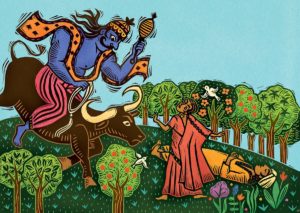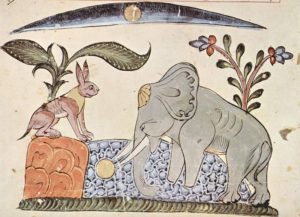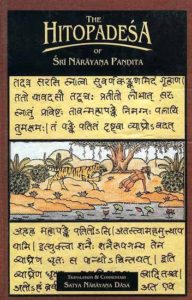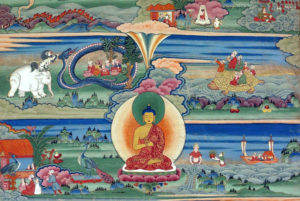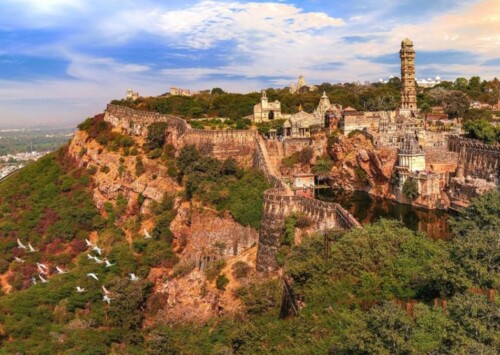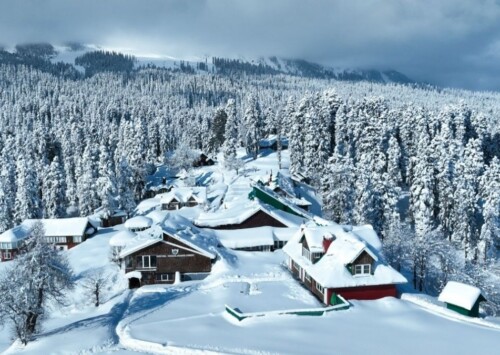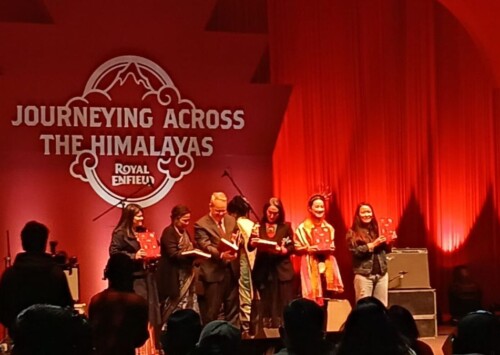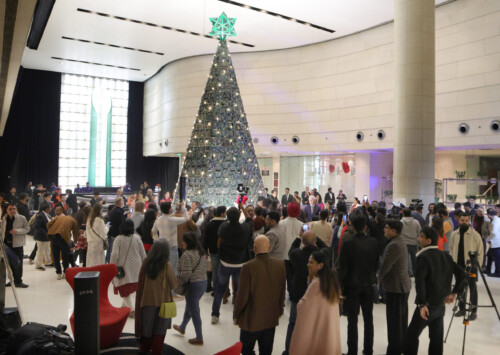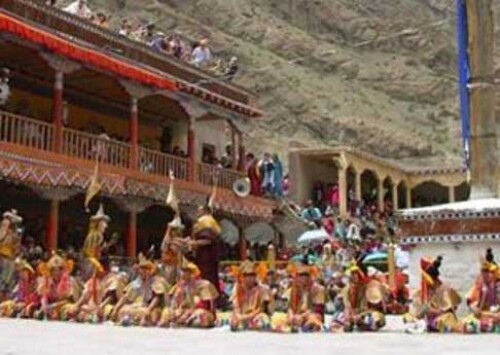Revisiting Indian folklores
Ancient Indian folktales lost in digital storytelling
Unable to compete with various digital platforms telling stories, traditional folktales are confined to ‘grandparents narrating stories to their grandchildren’ in present time. Though translated into various languages and adapted in numerous films, these folk tales are losing their audience among new generations.
“I try to pass on the stories I cherished in my childhood to my granddaughter. But she has got everything on her smartphone. She watches everything online and isn’t interested in listening to my stories at all. Kids these days prefer watching films and animations over listening to stories any day. I doubt if these folk tales will still be around in generations to come,” wonders Mukesh Shah, a school teacher in Patna, Bihar and grandfather to a four-year-old.
Tales of kings and queens, demons and ghosts, stories of animals through personification and details of ordinary people and their daily lives have been passed on from one generation to another through oral narrations in India for several centuries. Rooted mainly in regional languages, these folklores have been translated in hundreds of other languages as they gained nationwide popularity and appreciation by early 21st century. However, with the advent of the digital age, especially over the past few years, the oral folklore culture has witnessed a major setback.
“Folktales culture should be revived at all costs. It has entertained, engaged and taught moral values to numerous generations like mine. Conserving folktale culture is important because it is a connecting thread between older and newer generations. These stories are fascinating and extremely creative,” Shah adds.
Folklores have been recognised as Intangible Heritage Culture by UNESCO, under category of oral history according to 2003 convention. In order to preserve this oral tradition, folklores have been adapted into various performing arts like folkdances, folk paintings and murals. Chhau dance, based on tales of Mahabharata and Ramayana, performed by tribal population of Jharkhand and West Bengal, is one of the 13 Indian ICH included in UNESCO.
The ministry of culture in India has also taken steps for documentation, archiving, and digitalisation of cultural forms and oral traditions. The focus will be on both theoretical and practical aspects of preservation, conservation and safeguarding of folklore and ICH in a holistic and context sensitive framework.
Here is a list of few such ancient India folklores from different cultures that need a revisit.
Panchatantra
The Panchatantra is a collection of short stories. It is believed to have been composed in the 2nd century BC, by Vishnu Sharma. It is divided in five volumes. The ancient Sanskrit text contains various stories of animals in verse and prose. The intention of writing it was precisely to serve as a manual for a prince to rule as an ideal king.
Panchatantra has also been adapted in various animated series in popular culture. Aimed at guiding children towards values in human life, every story in Panchatantra is accompanied by a moral.
Betal Pachisi
Written in the 11th century by Kashmiri poet Somdev Bhatt, Betal Pachisi is a ghost story from ancient Indian culture. It contains 25 stories told to the King Vikramaditya, by a witty ghost named Betaal.
Betal Pachisi is loaded with stories that pose a moral dilemma at the end. These dilemmas are concerned philosophical questions about life. Popularly known as Virkam and Betaal, this folklore is adapted in many television shows and films.
Hitopdesha Tales
The Hitopadesha is a remarkable compilation of short stories. Composed by Narayana Pandit, Hitopadesha had its origin around 1,000 years ago. In Indian Literature, the Hitopadesha is regarded more or less similar to the Panchatantra. In the vein of Panchatantra, the Hitopadesha was also written in Sanskrit and following the pattern of prose and verse.
The work has been translated into most of the major languages of the world. Way back in 1861, an English translation, rendered by Edwin Arnold, then Principal of Puna College in Pune, was published in London.
Jataka Tales
The Jataka tales are a voluminous body of literature native to India concerning the previous births of Gautama Buddha. Written in Pali script, around 300 BC, Jataka tales have also been translated in different languages around the world. The luminous fables of ‘Jataka’ are intended to impart values of self-sacrifice, morality, honesty and other informative values to people.
These are the stories about the previous lives of the Buddha, in both human and animal form. The future Buddha may appear in them as a king, an outcast, a god, an elephant but in whatever form, he exhibits some virtue that the tale thereby inculcates.
Akbar and Birbal
Popularised mainly through oral tradition of storytelling, tales of Akbar and Birbal are widely popular in Indian folklore culture. Birbal was appointed by Mughal Emperor Akbar as a Minister in mid-16th century and was one of the navratnas (nine jewels) in his court.
Considered extraordinarily intellectual and artistic, Birbal was known for his wit, and in time, tales about his astuteness spread far and wide. These stories are published and adapted into various well known movies and even available on Netflix!

